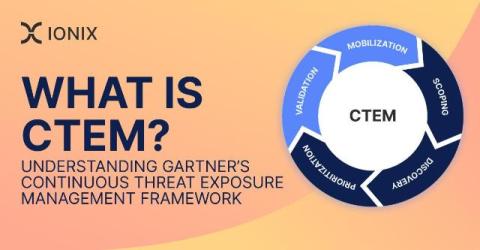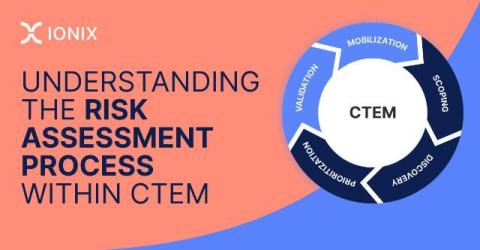Exploited! PANOS Authentication Bypass Vulnerability (CVE20250108)
Recently, Palo Alto Networks disclosed CVE‑2025‑0108—a high-severity authentication bypass in the PAN‑OS management web interface. Although the flaw does not enable remote code execution, it compromises the confidentiality and integrity of management functions. In this post, we’ll break down the technical details, discuss the exploitation methodology, illustrate configuration and code examples, and outline effective mitigation strategies.











